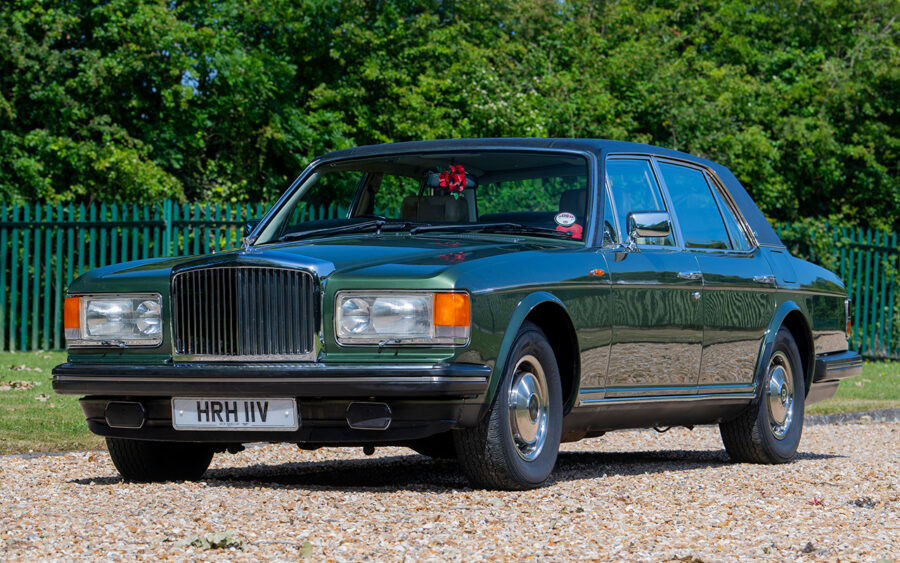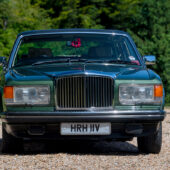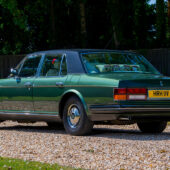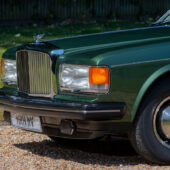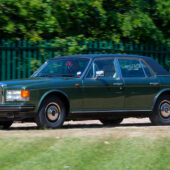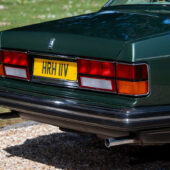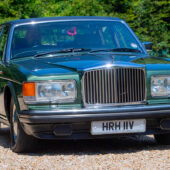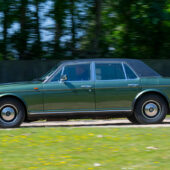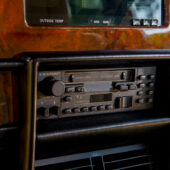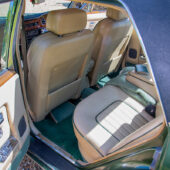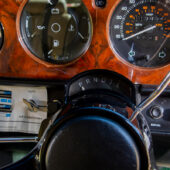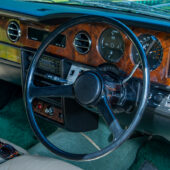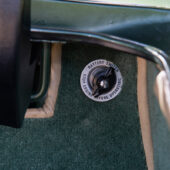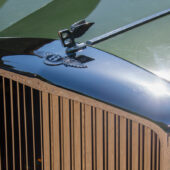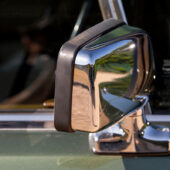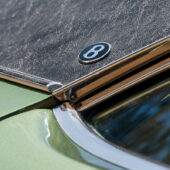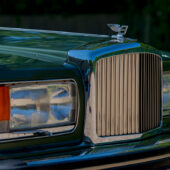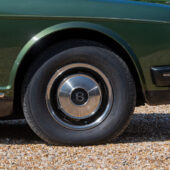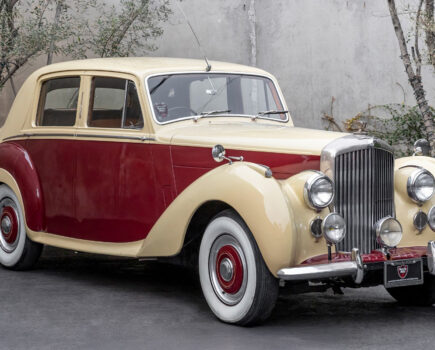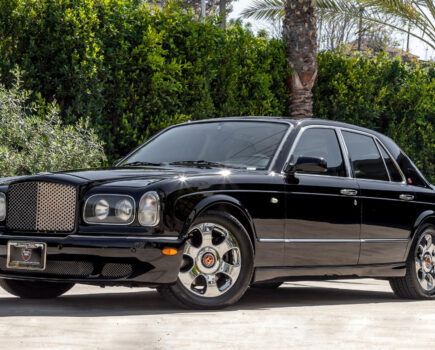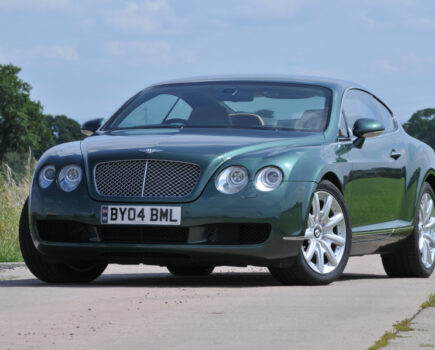One of the rarer members of the SZ family, the Bentley Mulsanne was the sporty sibling of the Rolls-Royce Silver Spirit that spawned a number of turbocharged derivatives
Words: Paul Guinness Images: Matt Richardson
Creating a successor to the hugely successful Silver Shadow was always going to be a major challenge for Rolls-Royce, a process that began well before the launch of the Silver Shadow II in 1977. Indeed, talk of the next generation got under way while the original Silver Shadow was still in its infancy, as it was widely assumed that – like its Silver Cloud forebear – Rolls-Royce’s latest saloon was destined for no more than a decade-long career. In the end, however, the long-awaited Silver Spirit didn’t make its debut until 1980, alongside its Bentley Mulsanne sibling.
The fact that Rolls-Royce bothered to launch a Bentley version of its brand new model for the 1980s surprised many onlookers. The old Silver Shadow-based T-series and subsequent T2 had sold only in small numbers, making up a tiny percentage of the company’s saloon sales between 1965 and 1980. Was there really much point in continuing with what had effectively become an exercise in badge-engineering, a process that had begun in the mid-1950s with the Silver Cloud and S-series?
Fortunately, however, Rolls-Royce Motors’ management began to see further potential for Bentley and was keen to start exploiting the marque’s previous sporty reputation, which had famously reached its peak via the ‘Blower’ models of the 1920s. By the time the S- and T-series had been launched in 1955 and ’65 respectively, Bentleys had become all but identical to their Rolls-Royce equivalents. For the 1980s, however, it was decided that the two marques should eventually be separated somewhat, with Bentley evolving into a high-performance option aimed at those buyers seeking the ultimate power and luxury in a sporting saloon package.
The Mulsanne Turbo arrived in 1982, bringing with it blistering performance from its L-series V8 (by Rolls-Royce and Bentley standards) but less than perfect handling. This, however, led to the launch of the hugely impressive Turbo R, with beefed-up suspension to reduce body roll and ensure dramatically improved cornering. The newcomer proved to be a big success, helping the previously moribund Bentley brand to go from strength to strength, eventually eclipsing Rolls-Royce in terms of annual sales.
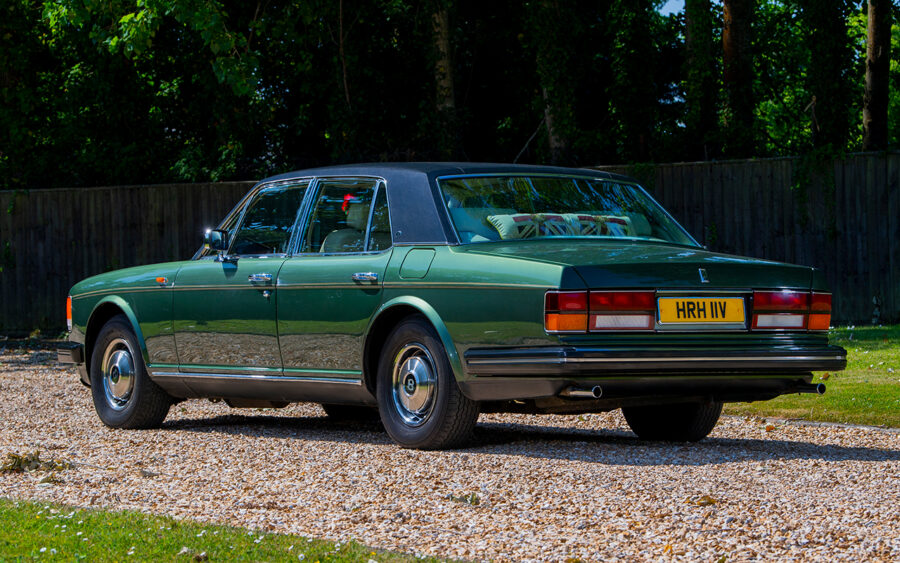
To illustrate the about-turn this represented, just 58 examples of the Bentley T2 were sold in the three years before the Silver Spirit’s launch; by 1987, however, more Bentleys were being sold than Rolls-Royces for the first time since the 1950s.
Nevertheless, back in 1980 – as crowds gathered at motor shows around the world, eager to see the latest four-door saloons from Rolls-Royce – few attendees could have predicted just how successful Bentley would once again become. And this was equally the case at the SZ duo’s official press launch in Nice, when Rolls-Royce announced that its latest Bentley was to be called Mulsanne – a name with obvious motorsport connotations, despite the fact that the newcomer was simply a Silver Spirit in all but name (and radiator grille).
Indeed, at first glance the new Mulsanne appeared to be even more of a blatant badge-engineering exercise than the T2 before it. At least its predecessor had employed a different bonnet pressing compared with that of the Silver Shadow, specially designed to fit the Bentley grille more successfully. For the Mulsanne, however, even that relatively minor change couldn’t be justified, given the costs involved and the likely early sales volumes of the latest Bentley.
In Graham Hull’s fascinating book, Inside the Rolls-Royce & Bentley Styling Department 1971-2001 (originally published in 2014 by Veloce), he describes how the overall look of the new SZ family came about, as well as the creation of a Bentley derivative: “A later result of the styling programme was the creation of a Bentley version of the SZ – almost an act of charity on the company’s part after Bentley had been practically ignored in the 1970s.”

Hull goes on to explain the cost-cutting challenge: “Although the SY had a specially-shaped bonnet to match the rounded corners at the back of the Bentley ‘header tank’, the funds were not available to do this for SZ. The radiator shell was styled to look right from the front with a slight mismatch at the back – a compromise that later came home to roost when MD Peter Ward pointed out the mistake to me.”
Hull’s book highlights the pressures placed upon Crewe’s Engineering division, a group of people given the unenviable tasking of creating the next generation of The Best Car in the World: “Against this oppressive and demanding backdrop, Bentley was an irrelevance, and continued to be so up to the SZ’s launch in 1980. The Engineering Department had been straining every sinew to meet the market’s towering expectations of a new Rolls-Royce. With Bentley’s survival hanging by a thread, Styling and Marketing managed to mask the marque’s vulnerability with just a radiator shell and the name Mulsanne.”
Until the announcement of the Mulsanne Turbo in 1982, onlookers could be forgiven for wondering why Rolls-Royce had bothered to persist with the Bentley brand, given how the Silver Spirit would inevitably dominate the SZ family’s sales. It’s therefore rather surprising that the company chose to keep the standard Mulsanne in production right through to 1987, well beyond the 1982-85 career of the Mulsanne Turbo and even overlapping that of the 1985-on Turbo R. Indeed, the Mulsanne was still available to order even after the launch of the new entry-level Bentley Eight (in 1984), and would be until the arrival of the Mulsanne S three years later.
Despite its seven-year career, however, sales of the standard-spec Mulsanne were never spectacular. By the time the very last example rolled out of Crewe in ’87, just 531 had been sold worldwide, a mere 49 of which were the long-wheelbase version. By comparison, the subsequent Mulsanne Turbo almost managed to match that figure in only three years.
And to put that Mulsanne figure further into perspective, we should remember that 30,460 SZ-generation four-door saloons were built in total, 11,910 of which were Bentleys – with over half of those being the Turbo R. Even by Bentley standards, the original Mulsanne was something of a rarity.

